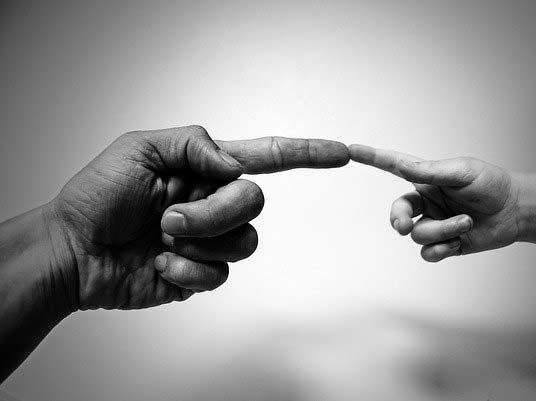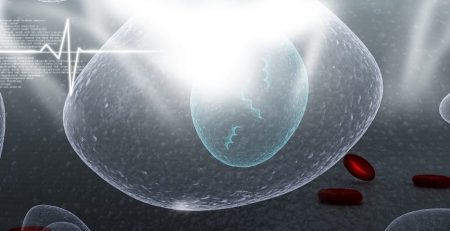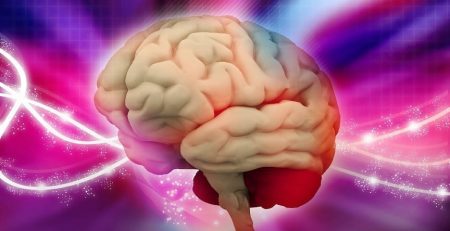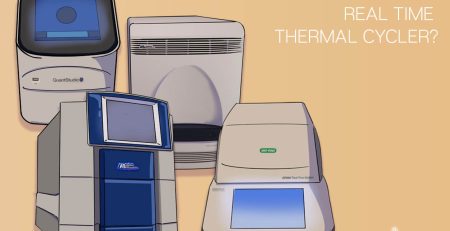Paralyzed Man’s Sense of Touch Restored
After a serious accident left him with a severe spinal cord injury, Ian Burkhart enrolled in a study in 2014 that, slowly but surely, allowed him to regain control of his right hand. While Burkhart’s cortical control of functional movement was eventually restored – allowing him to perform basic functions like swiping a credit card or holding a cup, Burkhart still had no sense of touch. That is, until researchers at Battelle and Ohio University Wexner Medical Center got involved, IFLScience.com reports.
“Until now, at times Ian has felt like his hand was foreign due to lack of sensory feedback,” Patrick Ganzer, a principal research scientist at Battelle who worked on this project, said in a statement. “He also has trouble with controlling his hand unless he is watching his movements closely. This requires a lot of concentration and makes simple multitasking like drinking a soda while watching TV almost impossible.”
When Burkhart’s paralyzed limb is stimulated, small signals (known as subperceptual signals) still reach his brain, but are too small for it to respond to. However, using a computer trained to recognize these signals (brain-computer interface), “the computer triggers haptic feedback (think a game controller rumbling) via a wearable band of vibrational motors placed on the skin which Burkhart can feel.”
“We’re taking subperceptual touch events and boosting them into conscious perception,” Ganzer said in a statement. “When we did this, we saw several functional improvements. It was a big eureka moment when we first restored the participant’s sense of touch.”
“This restoration of touch has improved my capabilities when I am using the system,” Burkhart told IFLScience. “However [it] is still in a lab only setting and I am looking forward to the day that we can move this from being a research project to a consumer product that can benefit the lives of many more people with paralysis.”
Read the full published study in Cell and check up a video update with Burkhart.














